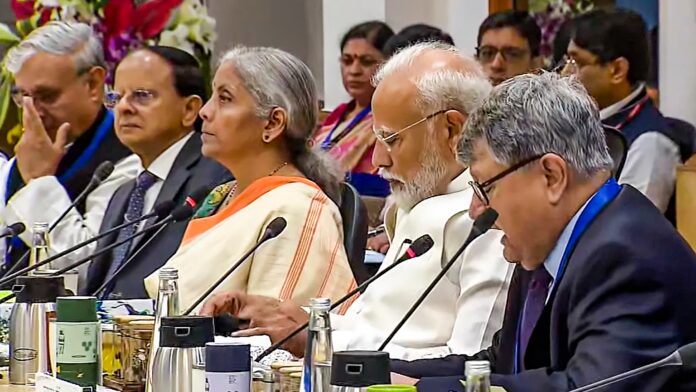NITI Aayog has recommended a major shift in the funding strategy for State Science and Technology (S&T) Councils, urging states to reduce reliance on core grants from the Centre and instead increase their own financial commitment. The suggestion comes as part of a new policy roadmap aimed at strengthening state-level science and technology institutions and improving their long-term sustainability.
The report proposes that each state should allocate at least 0.5 percent of its Gross State Domestic Product (GSDP) to S&T activities. This would enable councils to carry out essential functions, expand research programs, and initiate innovation-driven development projects. NITI Aayog believes this model of self-sustained funding will encourage ownership and accountability at the state level.
A key part of the strategy involves limiting the continuation of central “core” grants that currently fund staff salaries and basic operations of these councils. The report highlights that overdependence on such grants has led to stagnation, weak governance, and limited innovation at the state level.
To support the transition, NITI Aayog has recommended restructuring the governing bodies of State S&T Councils. It suggests that while the Chief Minister or State S&T Minister may continue as chairperson, the councils should include subject experts, corporate leaders, and innovation professionals as members. This diversification of leadership is expected to strengthen planning, oversight, and policy relevance.
The report also addresses challenges such as insufficient staffing, irregular funding, and lack of linkages with industry and academia. It proposes that state governments provide funding for a stable core professional workforce with performance-based incentives, to enhance the institutional capacity of S&T councils.
Further, it recommends that states explore additional sources of funding by partnering with central ministries, public sector undertakings, and private industry. By building a diversified funding base, councils will be better positioned to invest in emerging technologies, foster regional innovation, and support local problem-solving initiatives.
Despite current constraints, many state councils have already demonstrated success in supporting patent facilitation, grassroots innovations, space applications, and capacity-building programs. NITI Aayog’s report builds on these achievements by proposing structural reforms and targeted investments to maximize impact.
The vision outlined by NITI Aayog aligns with the broader national goal of building a resilient and self-reliant “Viksit Bharat.” By making state-level S&T bodies more autonomous and dynamic, the initiative aims to unlock regional potential, promote inclusive development, and enhance India’s scientific leadership.
The roadmap emphasizes that strong governance, predictable funding, and collaboration across sectors are critical to turning S&T councils into effective engines of innovation. If implemented with commitment from state governments, the recommendations could mark a significant turning point for India’s science and technology ecosystem.



